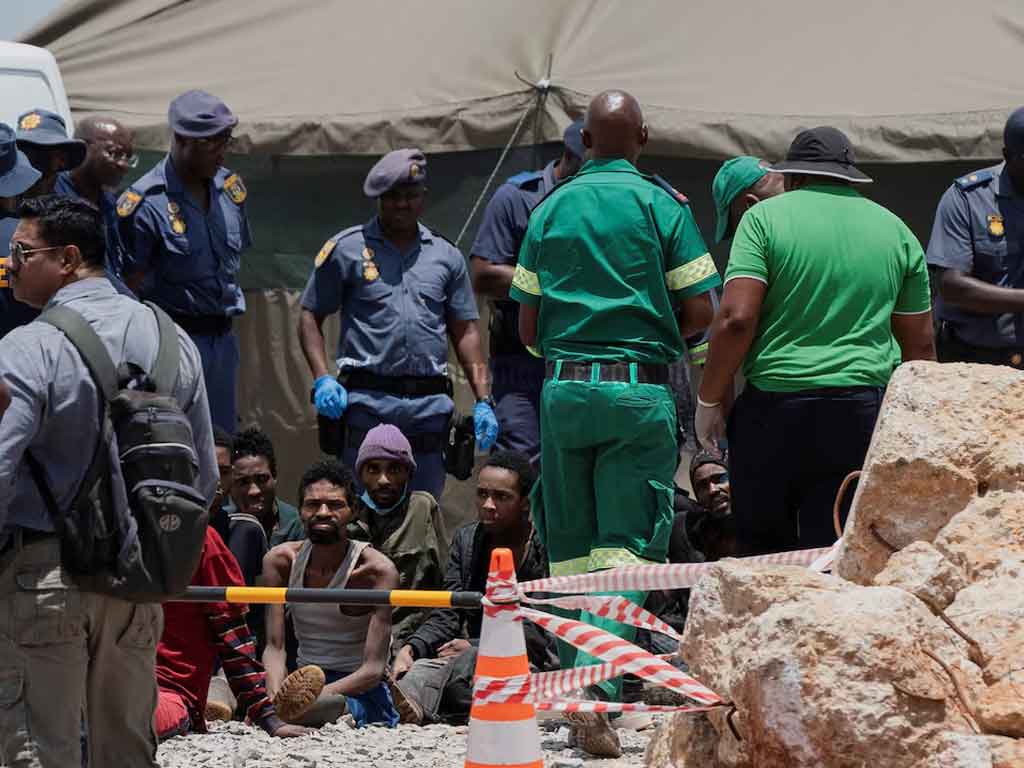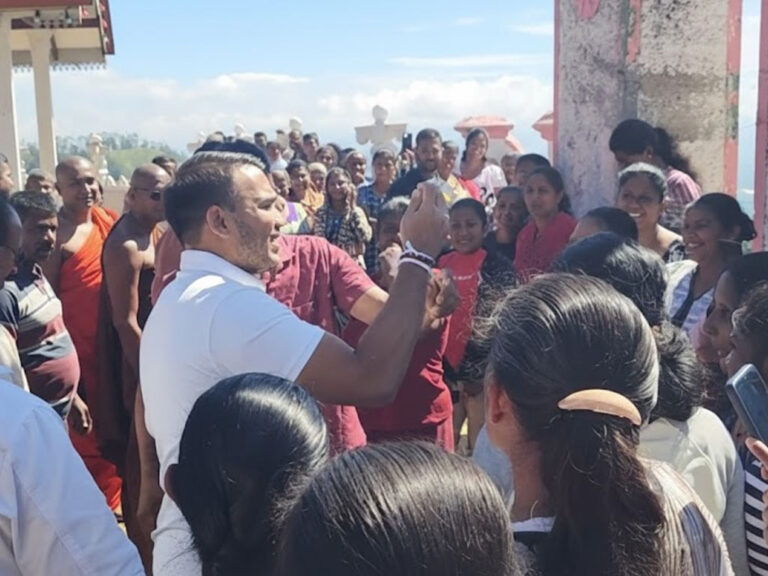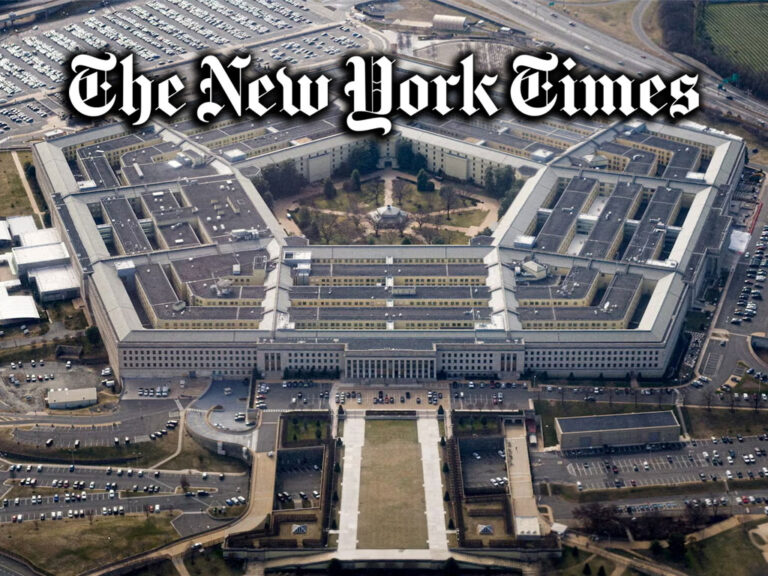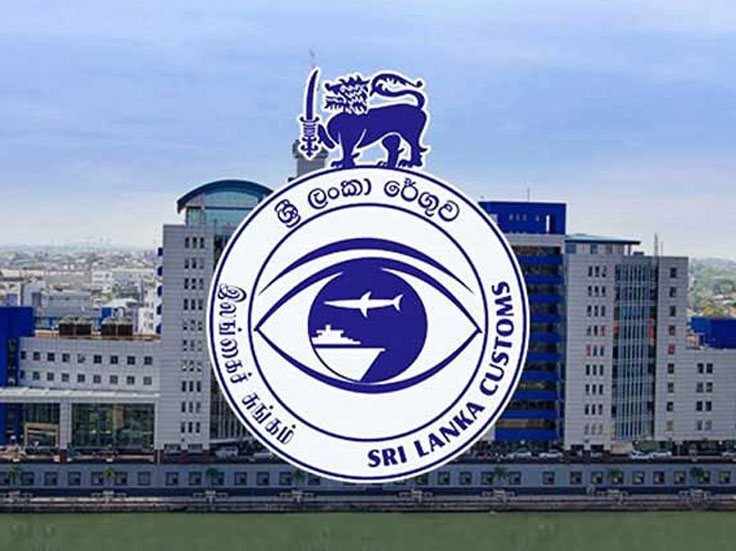
The death toll in the ongoing standoff between South African police and illegal miners at the Buffelsfontein Gold Mine has risen to at least 87, as authorities concluded a court-mandated rescue operation. The crisis has drawn widespread criticism over the government’s initial refusal to assist the miners, opting instead for a strategy of cutting off food supplies to force their surrender.
Authorities revealed that 78 bodies were retrieved during the rescue operation, which began on Monday, while 246 miners were pulled out alive. Prior to the operation, nine other bodies had been recovered. National police spokesperson Athlenda Mathe stated that the cause of death for the miners, suspected to be starvation and dehydration, has not yet been officially determined.
The miners had been trapped in one of South Africa’s deepest and most complex mines, located near Stilfontein, southwest of Johannesburg. The tunnels extend up to 2.5 kilometers underground. The majority of the miners, known locally as “zama zamas” (Zulu for “hustlers”), are undocumented foreign nationals from Mozambique, Zimbabwe, and Lesotho. They were reportedly mining for leftover gold deposits in abandoned shafts.
The tragedy highlights the failure of previous attempts to resolve the crisis. Community groups had initiated independent rescue efforts last year after authorities refused to intervene, citing the miners’ illegal activities. South African police and mine owners faced intense backlash for dismantling the equipment used by the miners to send food and water underground. A court ruling last year forced authorities to allow the provision of basic supplies, and another court order last week compelled the government to launch the rescue operation.
Survivors emerging from the mine described harrowing conditions, with many too weak to walk unaided. Decomposing bodies were found alongside survivors, some of whom had attached notes pleading for food. Among those rescued were at least 13 children. Police arrested all surviving miners, despite their poor condition.
Criticism has mounted against the government’s handling of the situation. A prominent Cabinet minister previously justified the “smoke them out” tactic as part of a broader clampdown on illegal mining, known as Vala Umgodi (“Close the Hole”). Trade unions and civic groups condemned the approach as inhumane, arguing that it violated basic human rights. Local leader Johannes Qankase called the incident a “disgrace for a constitutional democracy” and demanded accountability for the preventable loss of life.
South Africa’s Democratic Alliance party has called on President Cyril Ramaphosa to establish an independent inquiry to determine why the crisis was allowed to escalate. The South African Federation of Trade Unions criticized the government for treating undocumented miners as expendable, stating that no human should be left to die underground.
The issue of illegal mining remains a significant challenge in South Africa, home to an estimated 6,000 abandoned mines. Zama zamas are often linked to criminal syndicates and operate in hazardous conditions, extracting remaining gold deposits worth over $1 billion annually. While the police have seized gold, explosives, firearms, and millions of dollars from the miners, civic groups argue that the government’s approach prioritizes punishment over human life and fails to address the root causes of illegal mining.
As the rescue operation ends, calls for justice and reforms in the mining sector grow louder. However, the plight of the miners continues to divide South African society, reflecting broader tensions over crime, undocumented migration, and economic inequality.




